Photos: 1,700-Year-Old Sculptures Discovered in Ancient Shrine
Siddhartha
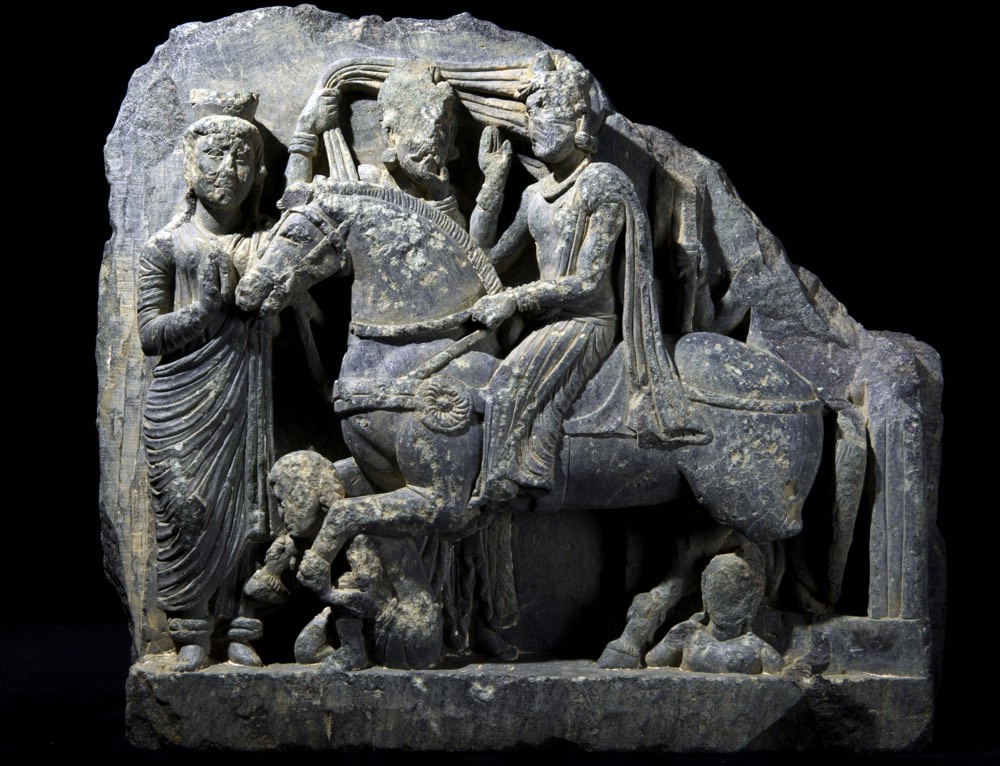
Archaeologists excavating the ancient city of Bazira (also called Vajirasthana) in the Swat Valley in Pakistan have uncovered highly detailed ancient sculptures. They date back more than 1,700 years.
This particular sculpture illustrates an ancient Buddhist story. It shows a prince named Siddhartha departing a palace atop a horse named Kanthaka. The prince gives up his wealth in order to seek enlightenment. To the left of Siddhartha, a goddess holds her hands in veneration. Behind Siddhartha a man waves a scarf-like garment called an uttariya. Below Kanthaka's hooves are two spirits called yakshas, helping the horse. The carving is 33.5 centimeters (13 inches) in width and 28.5 centimeters (11 inches) in height.
Click on for images of the gorgeous artifacts unearthed in Bazira. [Read full story on the ancient shrine discoveries]
Yaksha Spirit
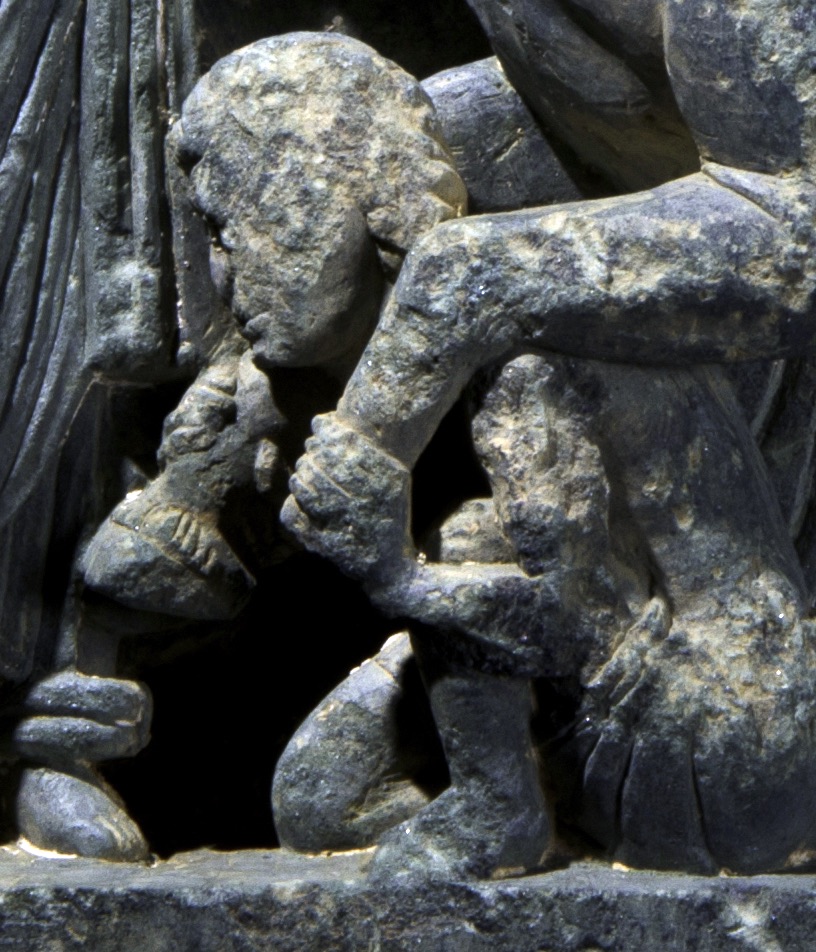
A close-up of one of the two yakshas that are helping the horse Kanthaka. The sculptures were discovered in the ruins of an ancient shrine and its courtyard. Today, the ruins of Bazira are located near the modern-day village of Barikot. [Read full story on the ancient shrine discoveries]
Waving a Uttariya
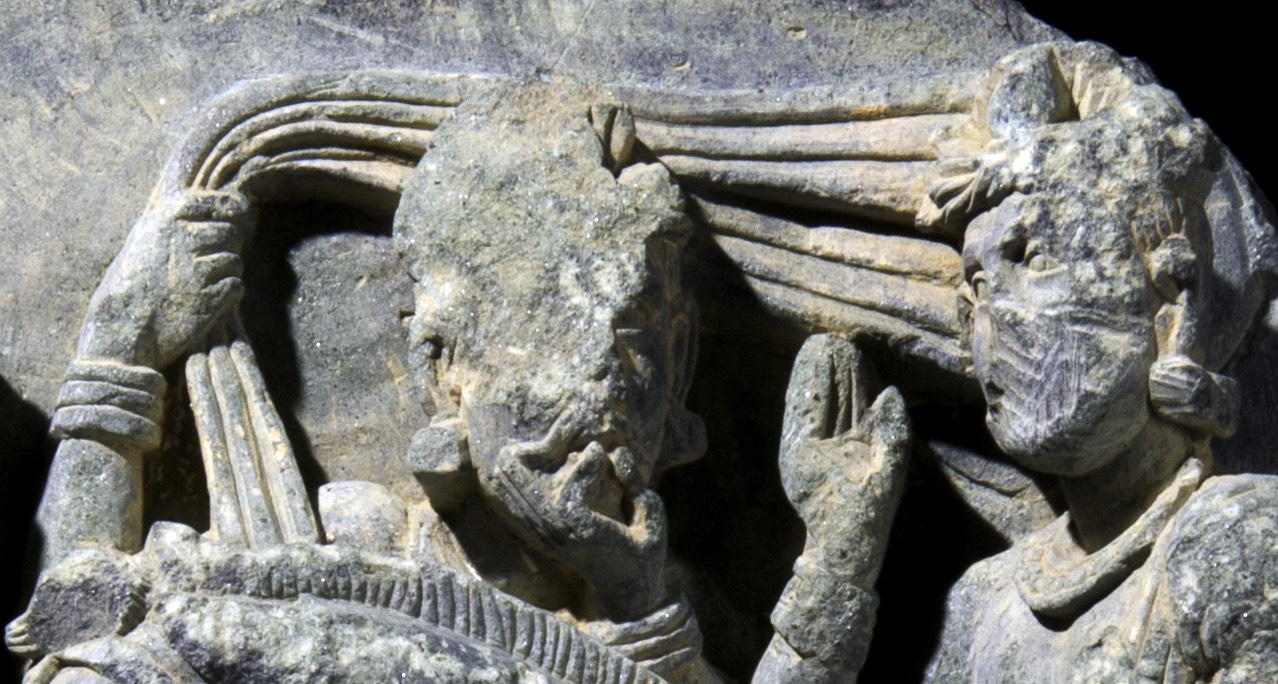
The man standing behind Siddhartha in the sculpture is holding his left hand to his face while he waves a scarf-like garment called an uttariya with his right hand. Researchers say that this man could be a deity. [Read full story on the ancient shrine discoveries]
Kanthaka horse
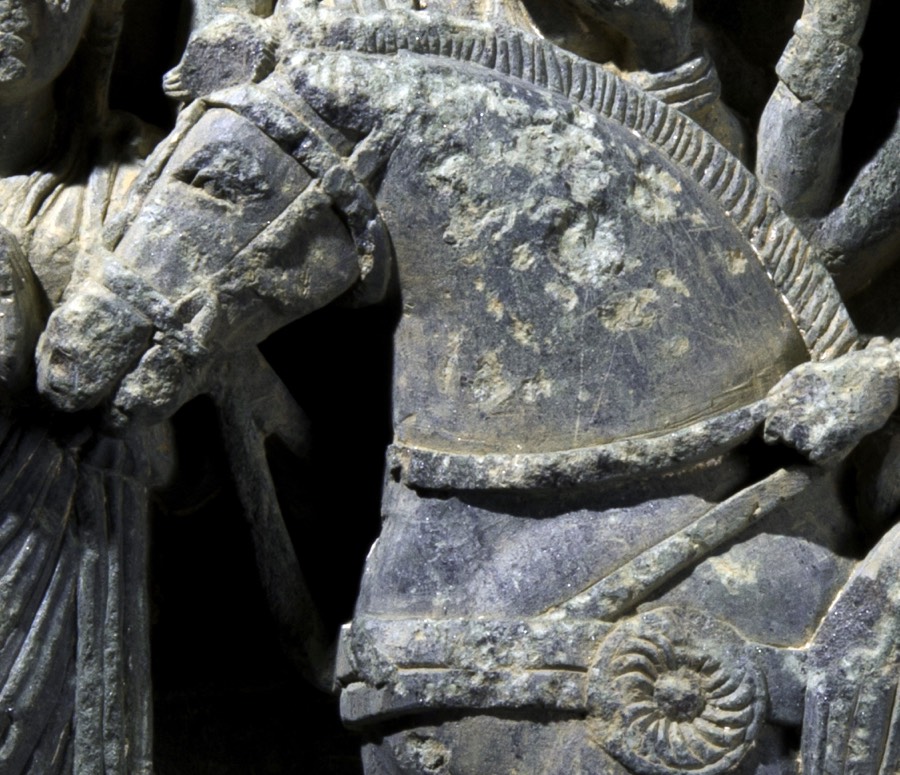
Here, a close-up of Kanthaka, showing the details of the horse's adornments. This sculpture, carved in green schist, likely form part of the shrine's decoration some 1,700 years ago. [Read full story on the ancient shrine discoveries]
Seeking Enlightenment
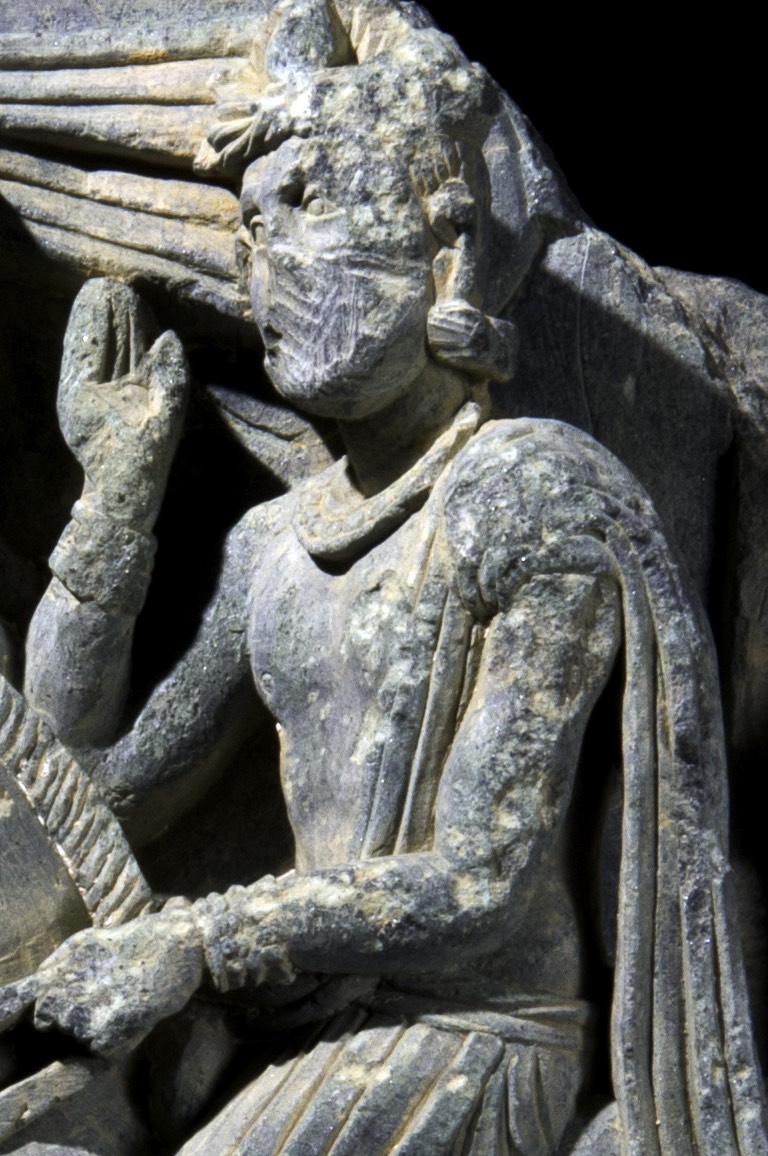
This close-up shows Siddhartha; the prince lived in a palace in Kapilavastu, which is in modern-day Nepal, until one day he ventures out only to see the suffering of the common people. Siddhartha decides to leave his wealth behind to become a poor man so he can find enlightenment. He eventually becomes the Gautama Buddha. [Read full story on the ancient shrine discoveries]
Sign up for the Live Science daily newsletter now
Get the world’s most fascinating discoveries delivered straight to your inbox.
In the Ruins
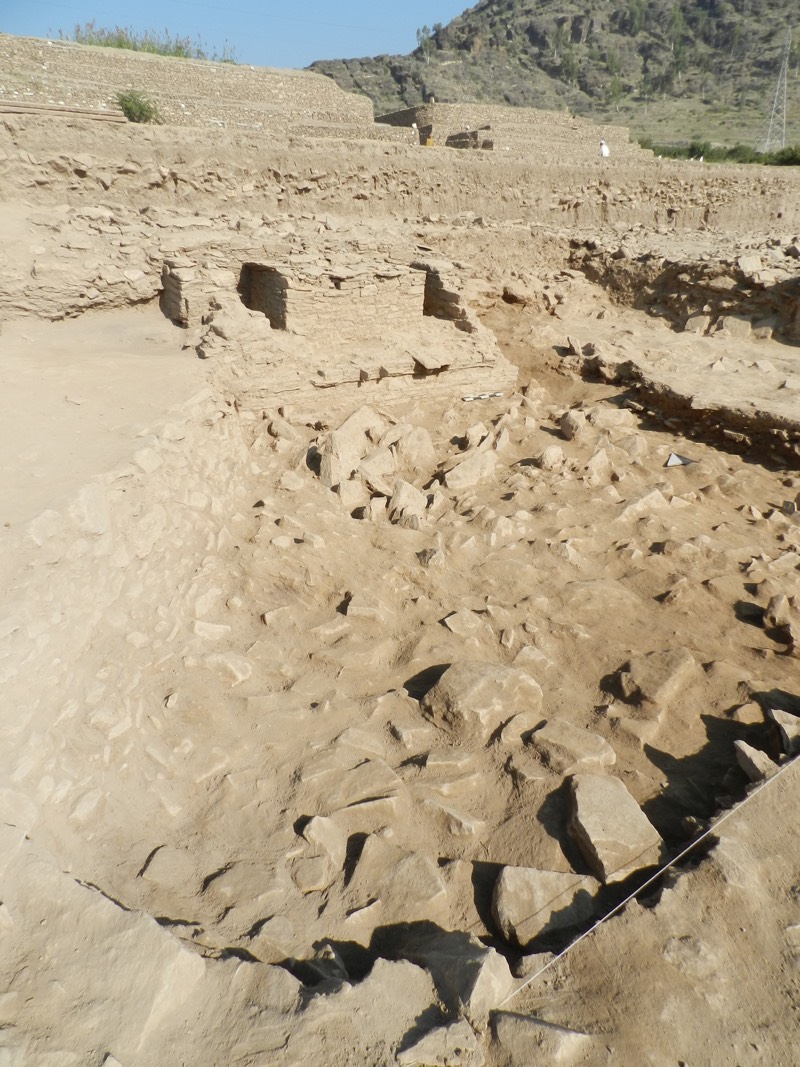
This sculpture is one of several discovered in a shrine and courtyard that the archaeologists excavated. The remains of the shrine and court can be seen in this image. [Read full story on the ancient shrine discoveries]
Lions on Top
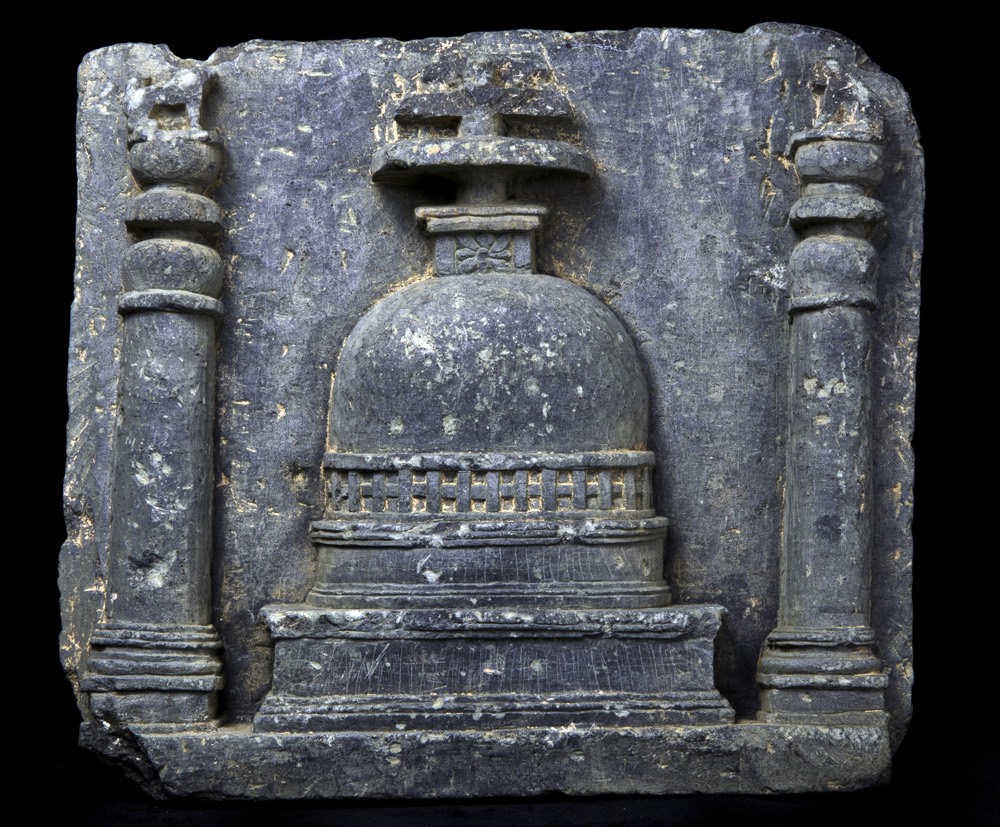
This sculpture shows a stupa, or a place of meditation. A platform called a harmika can be seen near the top of the image. This platform is decorated with a rosette design. Above the harmika, there are three parasol-shaped structures called chattras that reach toward the sky. Two columns are built beside the stupa, each of which has a lion on top. [Read full story on the ancient shrine discoveries]
Stupa Model
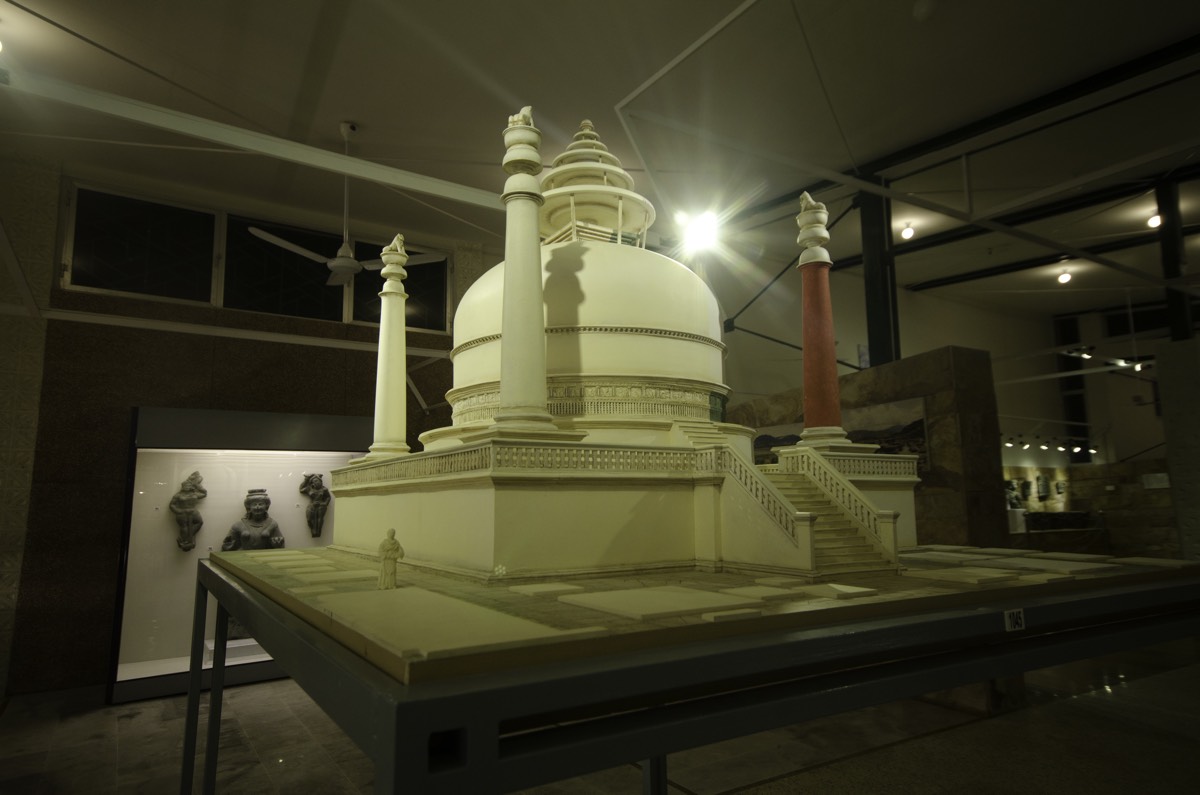
Stupas similar to the one seen in the carving have been discovered before in the Swat Valley. This image shows a model of one excavated in the 1960s and 1970s. The model is in the Swat Museum and was created by F. Martore. Its scale is 1:20. [Read full story on the ancient shrine discoveries]
Wine and Goat's Head
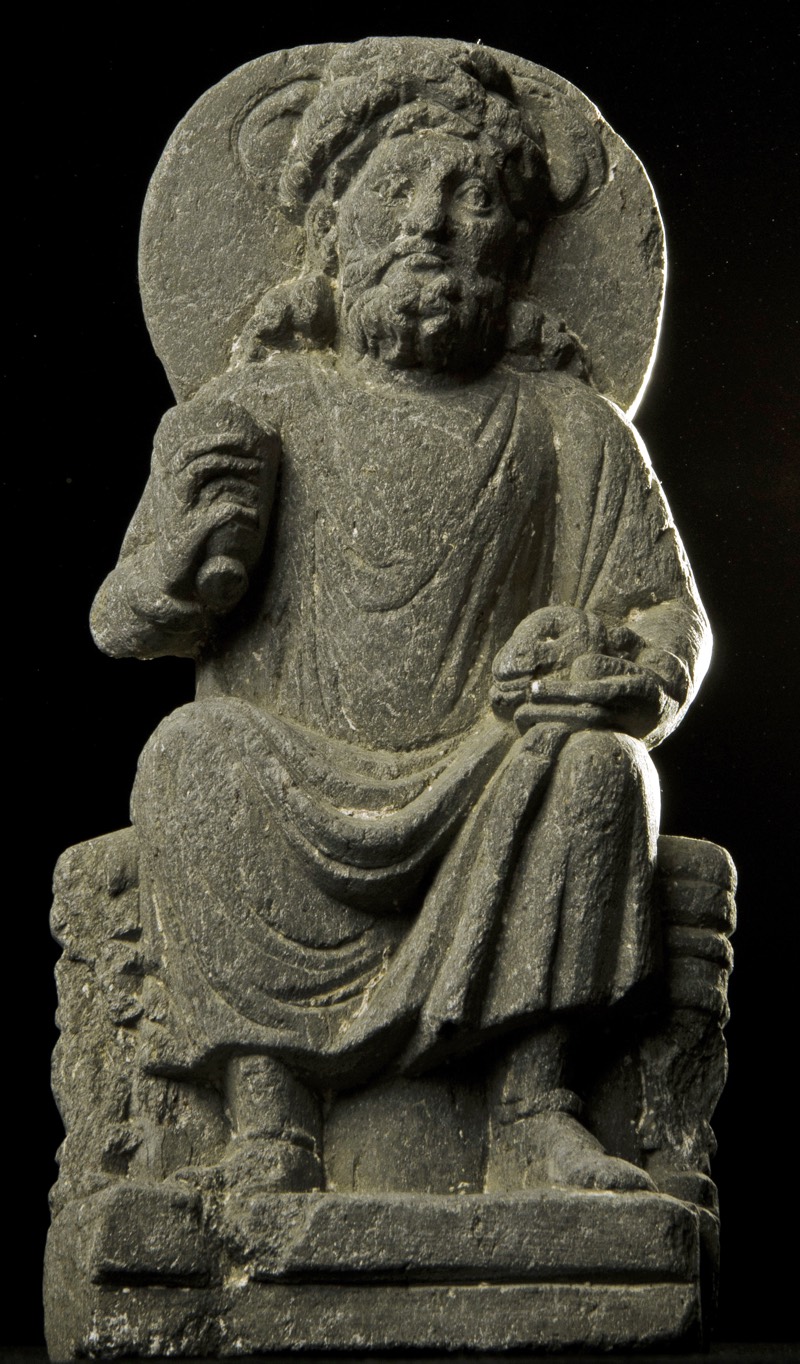
One of the carvings found within the ruins of the ancient shrine and court showed an unknown deity sitting on a throne. He holds a wine goblet in his right hand and a goat's head in his left. Wine was widely produced in the Swat Valley and the goat was an ancient symbol seen in the area's rock art. [Read full story on the ancient shrine discoveries]
Shaken Ruins
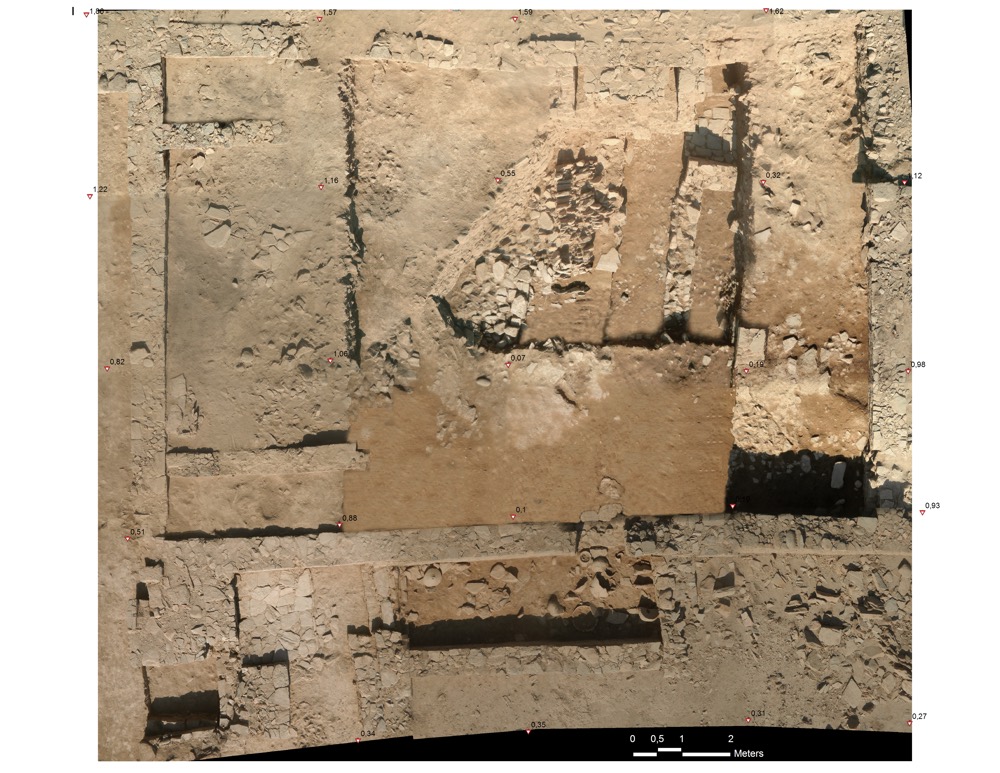
Bazira suffered a series of earthquakes around 1,700 years ago. At the same time the Kushan Empire, the empire that controlled Bazira, began to decline. These events meant that Bazira fell into ruin and was abandoned by the end of the third century A.D.
This photo shows the ruins of the shrine's courtyard and an adjacent corridor. During the final phase of the city's existence, the courtyard became a kitchen area serving nearby homes, while the shrine was rebuilt using perishable materials, likely wooden poles. [Read full story on the ancient shrine discoveries]

Owen Jarus is a regular contributor to Live Science who writes about archaeology and humans' past. He has also written for The Independent (UK), The Canadian Press (CP) and The Associated Press (AP), among others. Owen has a bachelor of arts degree from the University of Toronto and a journalism degree from Ryerson University.
Crop circles surround Iraq's multicolored 'Sea of Salt' after years of drought — Earth from space
Watch humanlike robot with bionic muscles dangle as it twitches, shrugs and clenches its fists in creepy video
'The parasite was in the driver's seat': The zombie ants that die gruesome deaths fit for a horror movie










